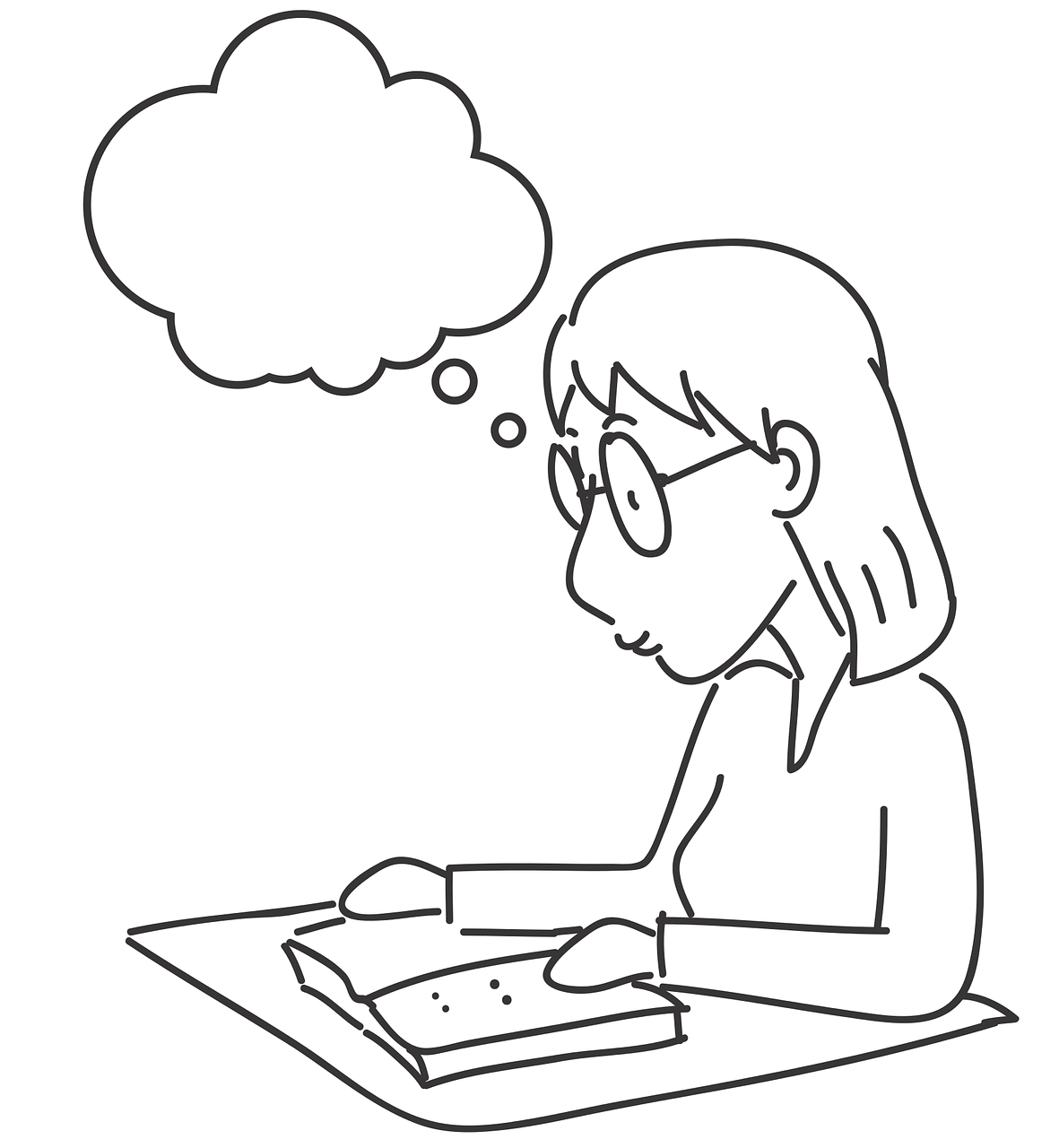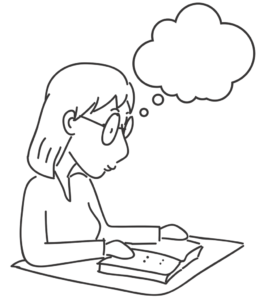What would you normally see inside today’s offices and homes? Desk jobs, televisions, remote controls, personal computers and laptops, lawn mowers, and other contraptions that are all designed to make life easier. Despite these factors, stress and anxiety has been overwhelming among many individuals. Stress is defined as an organisms total response to environmental demands or pressures. In human beings, it results from interactions between individuals and the environment that they occupy which they perceive as threatening their well-being. Anxiety, on the other hand, is a multi-system response to a perceived threat or danger. It is composed of biological changes, personal history, and social situation. Mental ailments like stress and anxiety may weaken the immune system and make it more susceptible to many forms of infections. This condition has become an inevitable part of life and may cause one to be physically and emotionally drained.
The causes of stress have not been properly concluded by health experts but suggest conditions that may lead stress and anxiety may include the following:
Health problems. Chronic illness like heart disease, arthritis, diabetes, and many more.
Relationship problems. Not having someone to share problems and inhibitions may cause emotional stress.
Emotional problems. Unexpressed or uncontrolled anger depression, grief, or low self-esteem.
Environment. Uncomfortable, overcrowded, crime-invested, polluted, or noisy surroundings
Employment. Unhappy, dangerous, too demanding workplace
Social situations. Poverty, loneliness, racial, gender, age, sexual, and other forms of discrimination
Developmental changes. Becoming a teenager, leaving home, getting married
Physical or emotional problems.
Many stressed individuals self-medicate by using anti-anxiety drugs that are out in the market. These drugs are designed to calm and relax individuals with excessive anxiety, nervousness, in a short-term basis. It is also used to treat mild and temporary attacks of anxiety as well as clinically declared cases of social phobias and other forms of phobias. However, use of these forms of medication may bring side effects that include sedation, sleepiness, depression, lethargy, dizziness, and many more. Other reactions may include changes in heart rate, blood pressure, bowel changes, and severe skin rash.
Because of the side effects of many over-the-counter and prescription medication, many health experts encourage individuals suffering from anxiety disorders to include exercise and nutritious diets in their lifestyles. These activities are safe and effective ways to improve mental and physical health and are considered by many as a natural stress and anxiety. Many medical studies point out that exercise, especially aerobic exercise (jogging, brisk walking, and jumping rope) as one of the best method for stress relief. This is possible because these activities promote of the production of endogenous morphines or endorphins. These are substances that is produced by the brain that might work as the body’s natural pain-killers. It said that endorphins might be capable of elevating one’s mood, self-esteem, and mental functioning. Exercise however should be done properly to avoid over-training and fatigue. Too much exercise may do more harm than good.
If exercise and diet adjustments do not work, stressed individuals may use medications for stress relief. Before taking them stressed individuals should consult doctors to clarify drug interactions and side effects that may occur while under medication. Understanding stress and anxiety is essential for treatment and improvements in one’s health.






